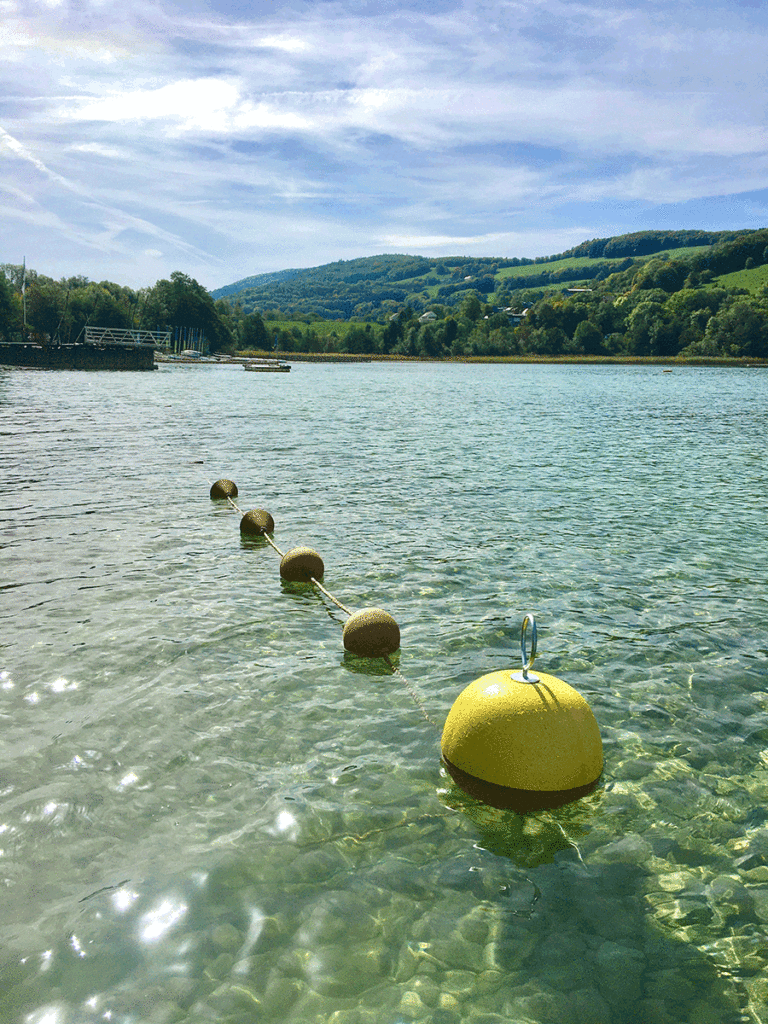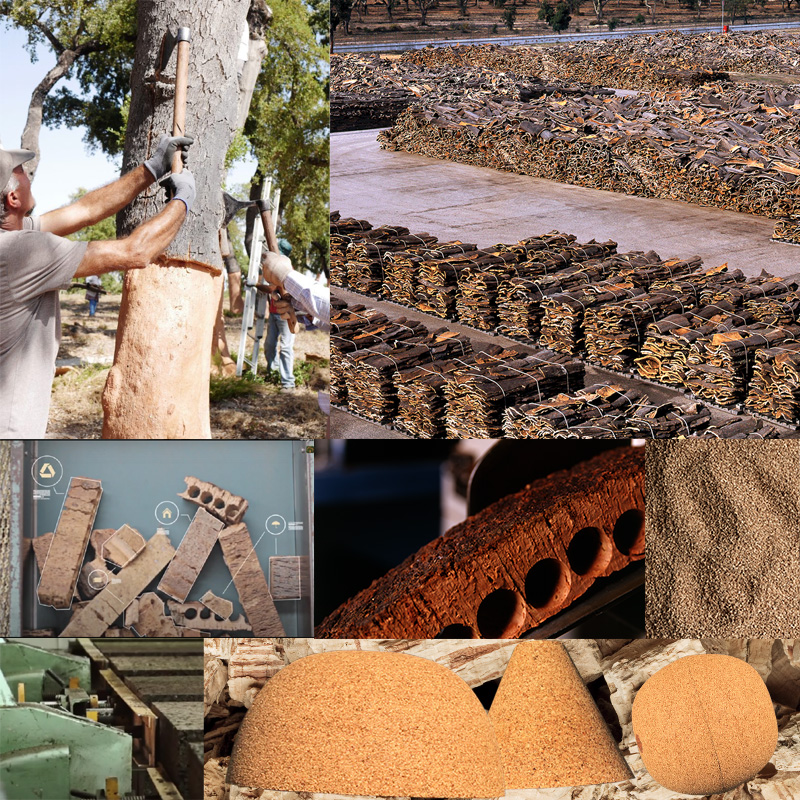Ancestral techniques and modern times

Why buoys in cork
Naturally incredible
The particularity of the bark of the cork oak is to have an outer layer made up of suberized cells which form a homogeneous, elastic, impermeable tissue.
Cork has natural and unique characteristics: resistant and light, thermal and acoustic insulation, rot-proof, elastic and compressible, fire-resistant and hypoallergenic.
But above all, cork is a 100% natural, renewable, recyclable and biodegradable material.

What is cork ?
SUSTAINABLE DEVELOPMENT
Cork is the outer bark of the cork oak, an ancient tree that grows in the Mediterranean basin.
On a global scale, Portugal, the leading producer country, holds 34% of the area under cork oak.
It is not necessary to cut down the tree to obtain cork.
The bark regenerates itself every 9 years; it is harvested with great care and without damaging the trees.
Cork is therefore a renewable and sustainable natural resource.
The cork oak is one of the species that absorbs the most C02 through photosynthesis, which is essential in the fight against climate change.

How is the production of cork carried out?
ECO-FRIENDLY RAW MATERIAL
From bark to cork buoy
Cork harvesting, always carried out by skilled workers who pass on their know-how from generation to generation, is only the first step in an extraordinary transformation process where nothing is wasted.
Our cork comes from the first two peelings, recovered scraps or recycling during the manufacture of corks.
It is first crushed into granules and then compressed into our shapes.